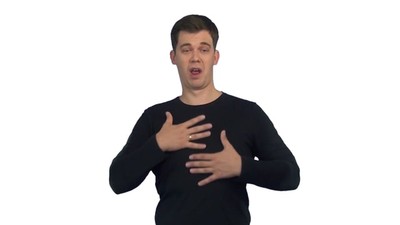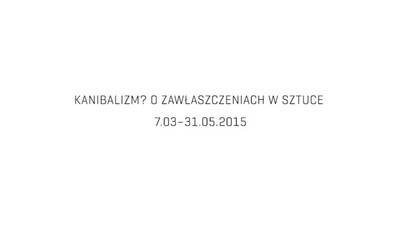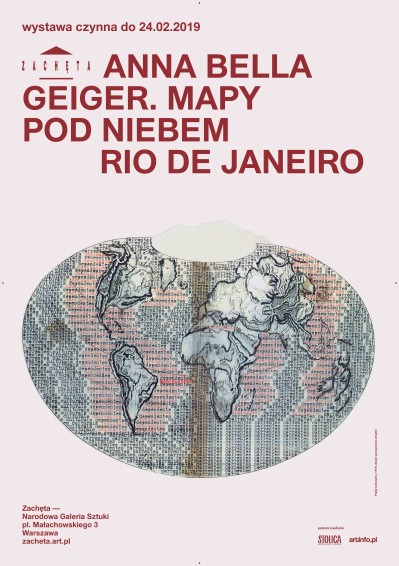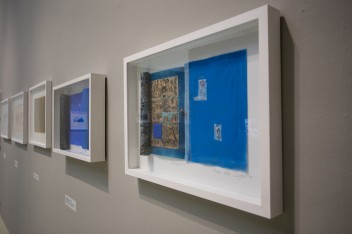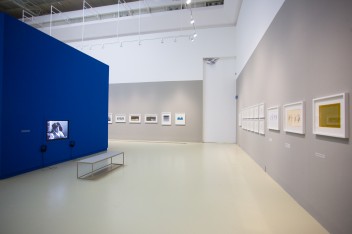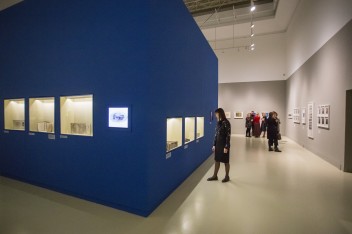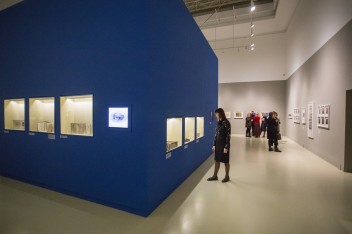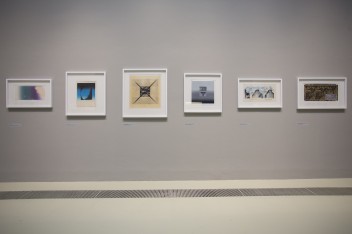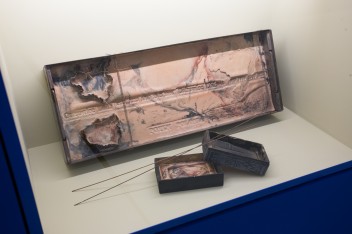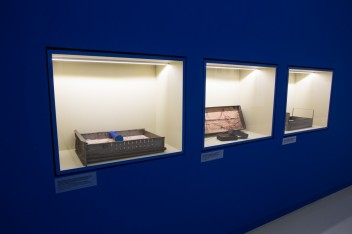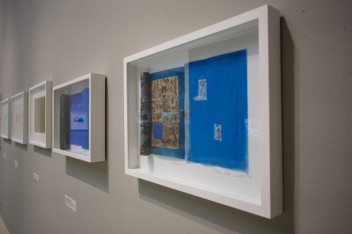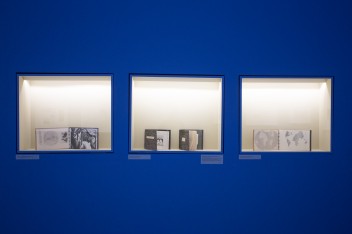Anna Bella Geiger Maps under the Sky of Rio de Janeiro
08.12.2018 – 24.02.2019 Anna Bella Geiger Maps under the Sky of Rio de Janeiro
Zachęta – National Gallery of Art
curator: Marek Bartelik
collaboration on the part of Zachęta: Magdalena Komornicka
exhibition design: Jarosław Kozakiewicz
Maps under the sky of Rio de Janeiro is a presentation of the artistic output of Anna Bella Geiger (b. 1933), a pioneer of Brazilian art. In the historical context of modern art in Brazil, Geiger, alongside Hélio Oticica, Lygia Clark, and Lygia Pape, is one of Rio de Janeiro’s top artists who have re-established the connection between the expressionist tradition with neo-concretism (neoconcretismo). The exhibition reflects the diversity of the artist’s interests: from anthropology to astronomy, from indigenous cultures and alchemy to concrete poetry and Brazilian music, from modern utopias and dystopias to game theory. Geiger’s works from the 1970s – drawings, prints, and video projections – serve as the exhibition’s starting point and form its core. Displayed next to them is a selection of objects from the Drawers (Gavetas), Scrolls (Rollos), and Little Scrolls (Rollinhos) series created in the 1990s. In these works, the artist treated maps as expressive “containers” which are likened, as in the case of the Drawers, to magic ready-mades. In turn, cartography is presented as a “secret” (drawer) and “soluble” phenomenon, rather than an expression of transparent, verified knowledge.
Through the art of Anna Bella Geiger, the exhibition also touches upon the theme of the Brazilians’ contemporary identity – “Brazilianness” (brasilidade) and its visible and hidden aspects. This identity is deeply broken by colonial and postcolonial history, strongly marked by the military junta that ruled the country from the mid-1960s to the 1980s, the period when most of the pieces shown here were created. Brasilidade is rooted in the consciousness and imagination of both the Brazilians and foreigners, which results in fantastic feats of imagery and mythology. Geiger explores the topic in her works which often resemble maps of the Earth and the sky. She depicts Brazil as a country, state, place, “emptiness”, myth, where cruel reality meets lofty dreams. It is often woven out of stereotypes that sound like slogans or prophecies – like in the sentence “Brazil is a country of the future... and always will be” taken from Stefan Zweig’s 1942 book Brazil: Land of the Future. The series of postcards Native Brazil/Alien Brazil from 1977, in which the artist placed herself not only as “an alien” among the natives, but also, indirectly, as a daughter of Polish immigrants is emblematic for the perception of Brazilian reality as originating from “contradiction”. Also Our daily bread (O pão nosso de cada dia) made a year later – featuring a photo of a slice of bread with a hole in the form of a map of Brazil as its central element – is a kind of peephole into brasilidade, which this time is a void that can be filled with one’s own associations.
The theme of interaction between Geiger’s art and other artists is present at the exhibition in a video showing her short conversation with Josep Beuys (Beuys Conversa com Anna Bella, 1975). The footage was recorded during the Brazilian’s three-month stay in René Block’s gallery in New York, where the German artist’s controversial performance I like America, America likes me had been staged shortly before. Asking him questions, the artist (daughter of Jewish immigrants) took on the role of an anthropologist talking to a “shaman”, whom, as it is known, Beuys considered himself to be.
Anna Bella Geiger is not only a classic of Brazilian art, but also an influential lecturer. Focusing only on a selected fragment of her art, the exhibition nevertheless shows her various faces: as a Brazilian, a daughter of immigrants, a keen analyst of the identity, an avant-garde artist, or, finally, a teacher. That latter role, an important aspect of her artistic activity, is represented by video works and a series of photographs taken during plein air trips with students in the years 1969 and 1973. They position brasilidade in context “immaturity” of the Brazilians – on the one hand often seen as the descendants of indigenous people, and on the other as the descendants of European colonizers.
Anna Bella Geiger represented Brazil at many exhibitions, including biennales in Venice and São Paulo. In 1999 filmmaker Mario Carneiro made a documentary Uma poética contemporânea do espaço (Contemporary Poetics of Space) dedicated to her art. Her work Coração e autras coisas (Heart and Other Things) served as an inspiration for Guillermo Rendón García’s symphony Grabado de Anna Bella Geiger (Anna Bella Geiger’s Gravure, 1966), and Geiger herself became the subject of Marina Lima’s popular rock song (Anna Bella from the album Lá nos primórdios (Return to Primordial Days), 2006). Maps under the sky of Rio de Janeiro is the artist’s first big exhibition in Poland.
Anna Bella Geiger
Maps under the Sky of Rio de Janeiro
08.12.2018 – 24.02.2019
Zachęta – National Gallery of Art
pl. Małachowskiego 3, 00-916 Warsaw
See on the map
Godziny otwarcia:
Tuesday – Sunday 12–8 p.m.
Thursday – free entry
ticket office is open until 7.30 p.m.

